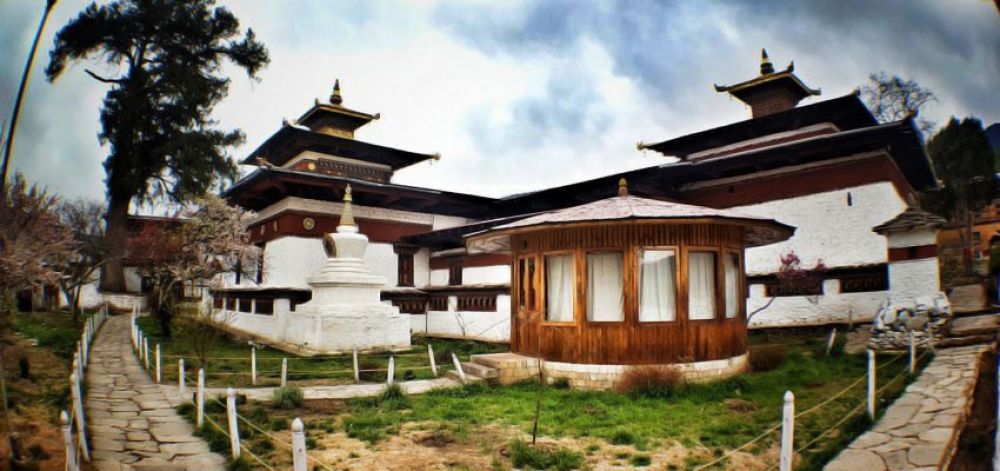

Kyichu Lhakhang, located in the tranquil Paro valley of Bhutan, is one of the oldest and most sacred temples in the Himalayan kingdom. The temple, originally constructed in the 7th century by the Tibetan Emperor Songtsen Gampo, has a rich history that has been intertwined with the development of tourism in the region.
Tourism in Bhutan has always been carefully managed with an emphasis on sustainability and cultural preservation. Bhutan only began to open its doors to the world in the 1970s, setting the stage for international tourists to discover its well-preserved heritage sites, including Kyichu Lhakhang.
With the establishment of the Tourism Council of Bhutan in 1972 and the initiation of regulated tourism, visitor numbers have grown slowly but steadily. Kyichu Lhakhang has been part of the essential itinerary for those venturing into Bhutan due to its historical significance and spiritual importance.
Bhutan’s unique approach to tourism, based on the principle of "High Value, Low Volume," has influenced the type of tourists attracted to Kyichu Lhakhang. Visitors are usually those interested in cultural immersion, spiritual experiences, and historical exploration. This policy safeguards the temple's serene environment and hinders the adverse effects of mass tourism, allowing the experience to remain authentic and meaningful.
Recently, there has been an increasing interest in mindful travel with tourists seeking destinations that offer tranquility, mindfulness, and an escape from the fast-paced modern world. The atmospheric peace of Kyichu Lhakhang, with its prayer wheels, butter lamps, and calming chants, perfectly caters to this trend, encouraging visitors to slow down and soak in the spiritual energy.
Moreover, experiential travel has become a significant trend. Tourists are looking for more than just sightseeing; they want to participate in local customs and practices. At Kyichu Lhakhang, travelers have the opportunity to observe and even join in prayer sessions and ceremonies. The temple’s annual events, such as the “Kuchoed” ceremony, attract both Bhutanese pilgrims and foreign visitors seeking to experience the local culture.
Sustainable and responsible tourism is also a growing trend, which aligns with Bhutan's tourism policies. The focus on sustainability has prompted a continued commitment to preserving the cultural significance and pristine condition of Kyichu Lhakhang. This includes contributing to the temple's upkeep and engaging the local community in tourism-related projects.
In summary, Kyichu Lhakhang continues to play an essential role in the tapestry of Bhutan's tourism history. As travelers globally become more conscious of their travel choices, destinations like Kyichu Lhakhang stand out, offering rich historical context, spiritual awakenings, and the promise of a sustainable travel experience.